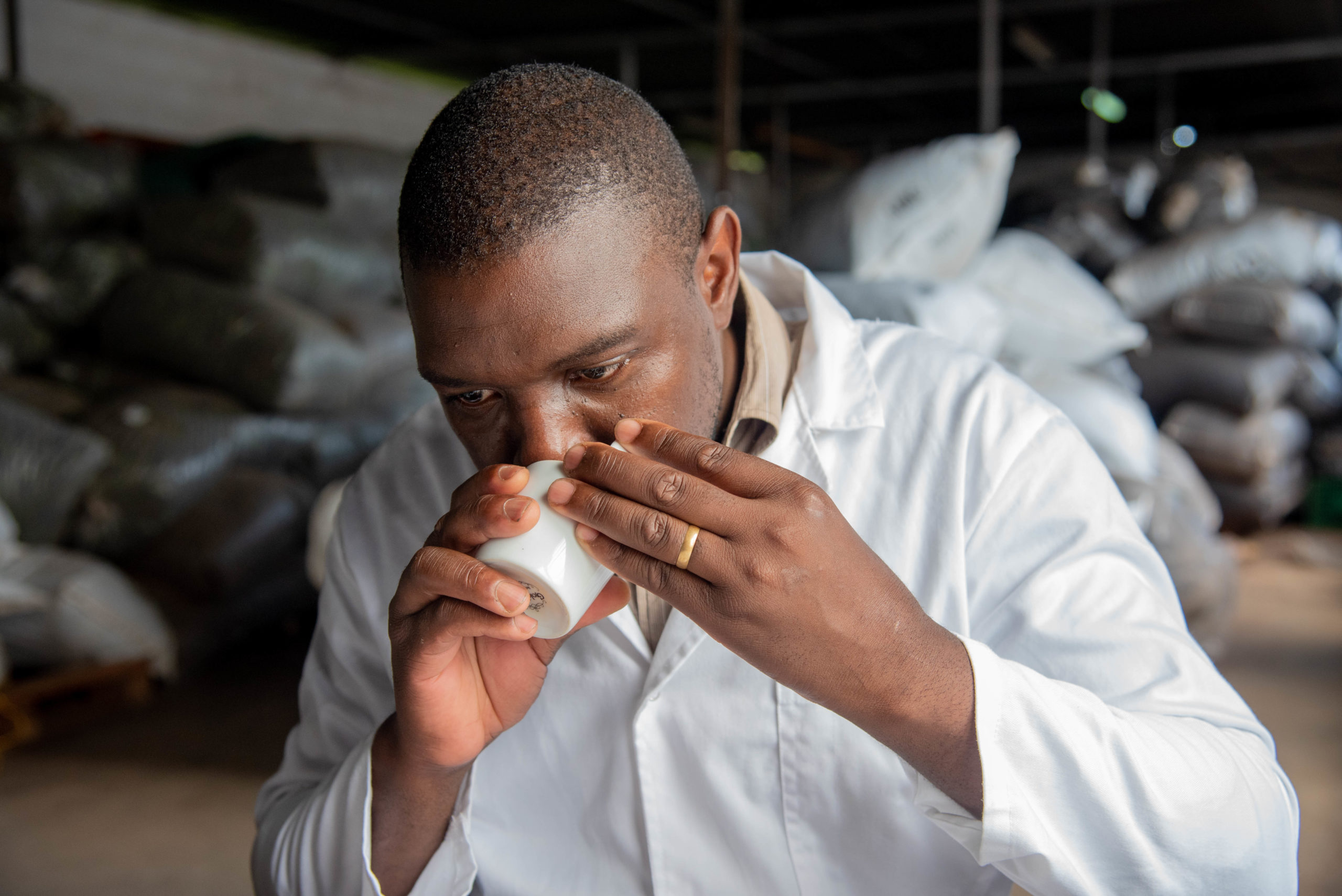
Alfred Mwase manages the Satemwa Tea Estate factory in Thyolo, Malawi. He is responsible for the production process, production scheduling, estimating costs, and ensuring that the tea meets high-quality health and safety standards. The job requires diligence and discipline, a combination of art and process engineering. Satemwa meets Fairtrade, UTZ, and Rainforest Alliance standards. Mwase, 37, is a profoundly religious man and a mentor and advisor who leads by example. “I am a hardworking person, a diligent service provider, and a self career advancement person,” he says, “I love my job and wish to excel in my career.” He oversees a large staff trained and motivated to adhere to the quality management systems that the company has adopted. A second generation tea man, Alfred studied at Malamulo Secondary School. He graduated from the University of Malawi, Polytechnic Department in 2006 with a diploma in mechanical engineering and an online degree from California Southern University in 2010. He holds certificates in quality assurances, he is a HACCP system internal auditor, and a Tetley Tea Master. He makes his home in Manyowe, Blantyre near Thyolo, a city of 460,000.
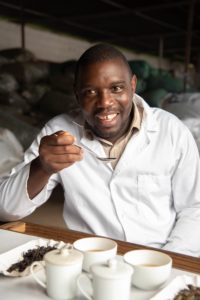
Q: When would you say you decided to pursue tea making/tea tasting as a professional skill? What first interested you about tasting?
Alfred Mwase: My interest in tea making and tea tasting goes way back to the 1980s when my father worked as an assistant Tea Factory Manager at Satemwa Tea Estates in Malawi. I was born in a hospital close to Thyolo, and I grew up in the estates. I would see my father going back and forth to work. One day he took me for a factory tour to show how a tea factory operates. This was when I had a chance to visit the tea factory for the first time in my life, and the visit stimulated my interest in working in the tea industry. I admired my father, and when playing, I would make tea machinery toys from clay soil and cut grass resembling a tea processing plant. This ambition grew to the extent that it came to reality. Today I am the Satemwa Factory Manager. I am making real tea, with real Camellia sinensis leaves, and with real machinery. My father is proud, and I enjoy tasting lovely cups of tea several times a day.
Q: What did you do before working in tea? Did this represent a shift for you in what you initially thought you would be doing as a career?
Mwase: After graduation, I worked briefly in a tobacco factory and gained some experience in the opaque beer industry in Malawi. But the passion and interest to join the tea industry remained. I studied mechanical engineering with the same motive of following my father’s footsteps. With the growth of this motive in mind, I searched for jobs in the tea industry, and luckily, my dream came true.
Q: Are there some teas (tea styles) that resonate? Are there teas that you are better at describing and better appreciate, even if they are not your personal favorites? If so, why do you think this is the case?
Mwase: I am very knowledgeable about tasting the (cut, tear, curl) CTC black and green teas, but I have developed an interest to expand my knowledge on specialty tea tasting. The #108 Satemwa Antlers – a white tea processed twig tea and #416 Satemwa Black OP1 – a whole leaf black tea are my favorite teas. They are crafted from unique endemic Malawian tea cultivars, and in combination with the typical Malawian terroir, this results in a certain sweetness, which is of my preference.
Tasting Notes
Thyolo Moto – Lightly Smoked Guava OP1
#421 Thyolo Moto – Lightly Smoked Guava OP1:
“Moto” means “Fire” in the local Chichewa language.
Origin: Satemwa Tea Estate, Thyolo, Shire Highlands, Malawi, Africa
Altitude: 3,280-4,000 ft (1,000–1,200 m) above sea level.
Tea Maker: Chisomo Custom
Cultivar: A blend of 3 endemic Malawian cultivars (Satemwa, Thyolo, and Bvumbwe cultivar).
Dry leaves: Dry leaves smell of light honey, with strong woody notes and chocolate hints with long beautiful twists.
Liquor: A cup with tints of light amber.
Aroma: Dry leaves smell almost sweet (light honey), with strong woody notes.
Process: Traditional black tea process for the base tea. Oxidation is slightly underdone (like a very dark oolong). The tea is lightly smoked with Guava wood.
Best Months: April / May to September
Brew: Western Style – 10gr per liter – 95 degrees Celsius – 3 to 4 minutes
Cup: At the beginning, there is a soft bitterness that recalls dark chocolate (dark bourbon praline melting in your mouth). Afterward, gradually, the smokiness arises showing some salty hints. It continues along woody notes – charcoal – with a sweet background close to a sweet prune and honey. Complex, accessible, a great discovery.
Personal notes: Developing this tea was a massive adventure and an amazing process. It took years but it was well worth it. Finding the right blend of black teas to balance the smoke. The tasting experiments we did with different wood types and the effects on taste and appearance. Engineering tailor-made equipment to improve the smoking process and to bring it in line with US and EU food regulations was a milestone! The compliments we got from tea lovers all over the world were heartwarming. Guess the best compliment I will always remember that someone said: “This is a great smoked tea for beginners.”
Purchase link: Hotsoup.nl
The base tea is made using a blend of three varietals designed to bring sweetness and body to the cup. We use a traditional black tea process for the base tea, although oxidation is a little underdone (like a very dark oolong).
The Thyolo Moto tea is then lightly smoked using leaves from a Guava tree. We found this was the best after trying with many different types of trees. Smoking tobacco (Dark Fired Style) is an old tradition in Malawi, so we used these skills to make something healthy. The other benefit of using Guava leaves is that the Guava trees that grow at the edges of our tea fields are an exotic. The Guava tree also harbors the tea mosquito bug (Helopeltis theivora) that the Bvumbwe tea cultivar is particularly susceptible to. By cutting these invasive trees, we also remove the host for the mosquito bug in a natural and organic way.
The whole process was developed and fine-tuned by Mark Saunders – the great-grandson of our founder, Maclean Kay.
We have opted to have our tea lightly smoked as we wanted to offer an alternative for very heavily smoked teas on the market. We also think this Thyolo Moto could be a great way to discover other smoked tea types. It is a smoked tea for beginners.
This tea is tested in ISO certified labs, complies with EU regulations and standards, and was awarded a bronze medal at the 2020 AVPA medal awards in France!
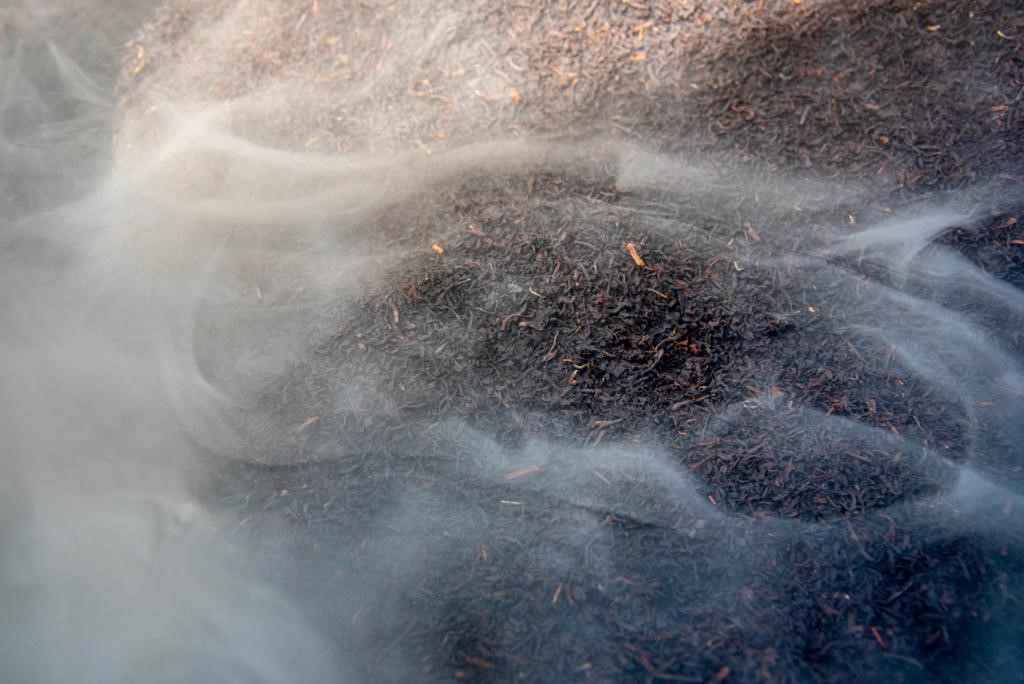
Q: Which teas were initially the most challenging for you to assess? Are they still daunting? Or have you made peace with them and reached a mutual understanding? How so?
Mwase: Malawi’s main focus lies on the production of black CTC (cut, tear, curl) teas for the commodity tea bag market. About 15 years ago, Satemwa started to revive the production of orthodox teas. Till today, Satemwa is the only estate in Malawi crafting orthodox teas. When I saw the Satemwa specialty teas during my first tea tasting session in August 2010, I was a bit afraid of the unknown as I only had experience with CTC. At the same time, it stimulated an interest to learn and broaden my tasting experience within these unique teas. Satemwa is really pioneering, and it is great to be part of that. We experiment with different tea cultivars, withering times, rolling techniques, oxidation times, and drying cycles. We developed our own processing equipment for some teas, so this is even more heavenly for a mechanical engineer! It is incredible to see the effects of processing on leaf appearance, aroma, and of course, taste! Over the last ten years, we welcomed many international specialty tea visitors to Satemwa. We encourage them to bring their favorite teas from all over the world to our tasting room. We love to organize little workshops and tasting sessions to experience and taste new origins and learn from other tasters. It is very enriching to challenge each other and to think out of the box.
Q: Will you share with readers some insights about how you developed your vocabulary of tea. What was the process like for you in going from identifying “something familiar” to perhaps relating it to a memorable experience or place, to being able to put a specific term to it?
Mwase: Tea making and tasting is an interesting art. The tasting process aims to rectify processing errors and drive a consumer closer to a cup of tea. The cupping process is the most critical process, which as a taster, you’re supposed to be in and feel the cup. I developed my vocabulary by relating the aromas and flavors with African food like the pumpkin leaves (Nkhwani), blackjack leaves (Chisoso), etc. Developing a tea tasting vocabulary hasn’t been an easy journey for a technical person like me, but I find it interesting, and I can greatly recommend it to customers as a good adventure. As mentioned before, I think it is important to learn from other tea tasters. These international encounters set a better frame of reference and trigger the tasting memory every time. I also strongly believe in practicing with aroma tasting kits, although it is sometimes hard to access these kits in our part of the world.
Q: Did you actively seek opportunities to build vocabulary? What were some of your exercises?
Mwase: During my free time, I would go on the internet to search for some tea tasting terminologies for the sake of expanding and refining my vocabulary. I was involved in the #108 Satemwa Antlers’ product development to identify the best cultivars that would produce the best quality antlers in terms of aroma and flavor. Creating Antler’s was the first real exercise that propelled my vocabulary building. A second project I would like to embark on is developing a tea flavor wheel of my own – bringing in African-related flavor profiles.
Tasting Notes
#107 Zomba Pearls
Origin: Satemwa Tea Estate, Thyolo, Shire Highlands, Malawi, Africa
Altitude: 3,280-4,000 ft (1,000–1,200 m) above sea level.
Tea Maker: Chisomo Custom
Cultivar: A blend of two endemic Malawian cultivars (Zomba and Bvumbwe cultivar).
Dry leaves: Individual leaves hand-rolled into cocoons resembling olive green “pearls”
Liquor: A cup with tints of light amber.
Aroma: Freshly baked lemon meringue.
Process: Hand plucked. Hand-rolled. White tea processed.
Best Months: April / May to September
Brew: Western Style – 12 gr per liter – 80 / 85 degrees Celsius – 3 to 4 minutes
The taste will develop with multiple steeps – leaves will unfurl after more steeps.
Cup: A beautiful light buttery cup with natural sweetness & floral notes like an outstanding Champagne.
Personal Notes: Each hand-rolled Pearl is twisted into a unique shape and size. A rare creation, an example of craftsmanship. I like the unfurling of the leaves with each steep. When unrolling the leaves I can reconstruct the individual story of each pearl.
Purchase link: Tea and Coffee Online Shop
Q: Is there an area of vocabulary you found easier and, similarly, an area you found more difficult? I notice some people get stuck on specific areas and struggle to evolve their vocabulary in that area, perhaps because they don’t allow personal time away from the cupping table to study the character (i.e., what is vegetal? what is brisk? etc.)
Mwase: The application of a tea flavor wheel on a particular cup of tea might be challenging and interesting due to a lack of exposure to other food products. We only apply the flavors of food products which we consume in our day to day life. The more interesting ones would be ‘thin’ and ‘plain’, which will depict the same attribute but mentioned differently during the tasting.
Q: What advice would you give consumers seeking to refine their taste in tea during a period when it is more challenging to sample teas at their local tea shop, at community festivals, and while dining?
Mwase: Industrial tea tasting is very different from tasting for the specialty market. When I taste tea, I am mainly focusing on identifying processing defects and selecting the best judicious cup of tea, respectively. Tea tasting becomes interesting and adventurous if you apply all your effort to it. Take time to discover new and non-traditional origins. Take time to compare four different steamed green teas, for example. Explore the differences in smoked tea from different origins and go out of your comfort zone by trying a post-fermented (Pu’er type) tea from Malawi…. Try to get as much information as possible about the teas so you can see what could influence the taste. Think out of the box. Do not be mislead by adhering to specific harvest dates, techniques, or famous tea names. Try different brewing techniques to arrive at a final judgment of taste. Remember to use the correct water and try out higher or lower brewing temperatures. Then write your finding in a little notebook. Enjoy the tasting adventure — warm greetings from Malawi!
Tea Market
Get More Value from Your Tea: BRU Maker One
+41794574278
Jacque's Organics
(647) 804-7263
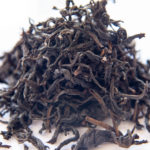
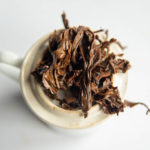
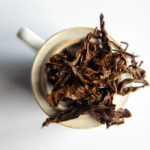
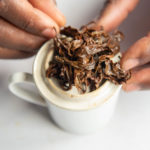
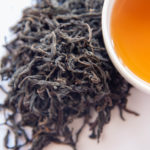

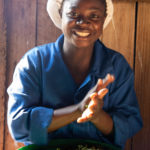
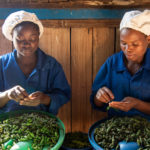

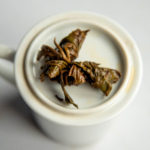
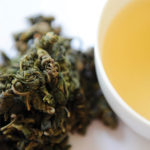
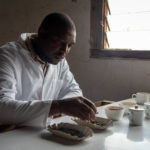

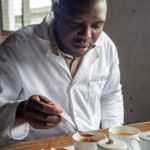
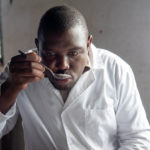
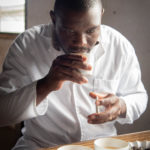
As usual, great interview.
Great article. Satemwa has demonstrated the amazing potential of Malawi teas. Wonderful and innovative team!
A good read and something worth being proud of. Thumbs up Satemwa! Keep it up.
Great article! Lovely pictures! Thanks Tea Journey Magazine!
Great piece Dan.
Lovely to see some proper focus on Satemwa’s unique range. I really admire their creation of uniquely local teas forged out of Thyolo’s plant material and climatic conditions rather than trying to replicate Northern Hemisphere speciality teas.
Thanks for bringing Alfred Mwase’s skills to a wider audience.
A significant salute to the innovation of the Kay Family and their local expert team at Thyolo.
Putting Central Africa squarely on the map of world tea quality! Well done and thank you.
Chris Lightfoot, Zimbabwe